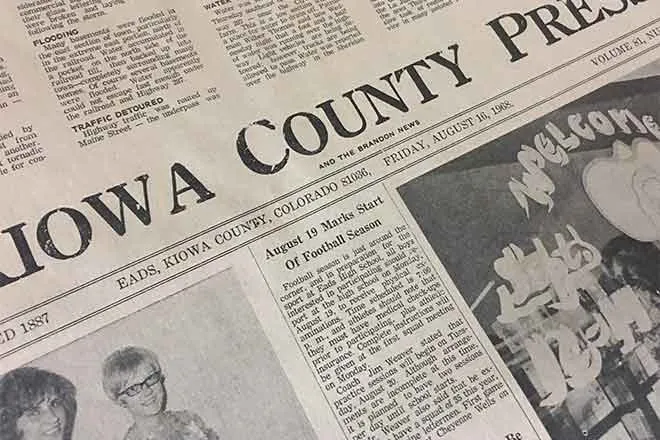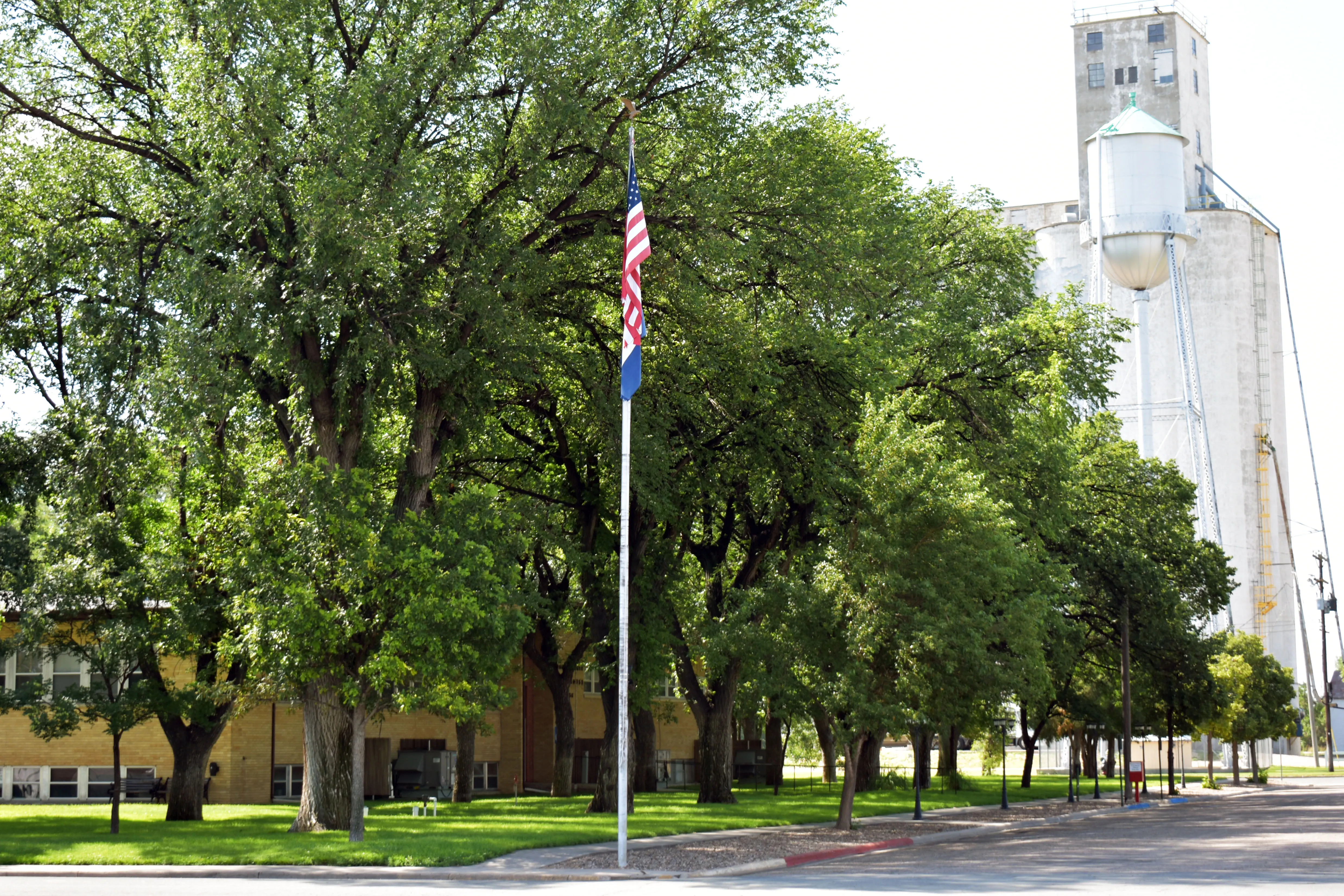
Linly Stum: Evidentiary Part 6
Part 5 was published November 19, 2023, and can be found here.
Some activities in the last sixty years:
PATENTS
In 1967, shortly after my sister and brother-in-law (Dave and Jenean Schuler) joined us, we began to run quite a few cattle. Handling small rolls of barbed wire was a bit of a hassle. I decided to build a giant roller for electric fence wire. I proceeded to sketch one and borrowed an engineering book from Gene Humburg to make sure that the material I used would do what l wanted it to do. I used a steel fabrication company in Wichita, Kansas, to cut and shape the ends of the spools. With a 4-foot diameter spool at 5-feet wide, it would hold roughly 20 miles of electric fence barbed wire. I constructed the first one by the old house at the farm. The Reinert’s, who lived southeast of us and were extensively in the cattle business, wanted that first one badly enough that I did sell it to them. At about the same time, I hired a patent attorney to see if my machine was patentable. It was. After the drawings were submitted, we received a patent.
When Eldon Reinert decided to leave the farm and go into the insurance business, that first wire roller was bought by the auctioneer himself from Flagler. Many years later I decided to see if l could purchase that first wire roller if they knew where it was. I made a call and found out that the family still had it, and they did not want to sell it. For the last twenty years, I have watched auctions to see if one of the first designs would show up. ln May 2022, one showed up on an action east of Lamar. Luckily, I was able to purchase it. The tag on it had an official serial number and information as I had them built by a metal fabrication shop in Hoxie, Kansas. The one that I was able to reacquire shows that it was the 28th one, built in 1970. To our knowledge, the one that had the most spools of wire belonged to Mabry Foreman of Felt, Oklahoma. When his estate sale occurred, that wire roller sold with nine, 20-mile spools of wire. He must have been fencing Oklahoma out of Texas.
Not long after that, I wanted to build an overhead equipment carrier that could pick up 60-feet of equipment to move it from field to field. This was before the manufacturers of ag equipment decided to make them more transportable by folding. Again, with a lot of pencil scratching, calculating and assistance from the borrowed engineering book, I drew one up. We did not have a shop long enough to fabricate it in so neighbor, John Budde, offered his barn. He was in the process of converting his barn into a shop, and it was just barely long enough for me to build a frame that was 66 feet long. The carrier was unusual because the wheels were at the far back end and had to be made steerable in order to negotiate corners without the back end going into the ditch. I used a heavy truck front axle with a hydraulic cylinder attached to be able to hydraulically steer the back of the carrier. This was submitted for patent, and the patent was issued. There was nothing very similar to it available. For many years, we would receive notes from Washington attorneys stating that a company had cited one of my patents as being similar to one that they were developing. But I never did pursue trying to collect any type of royalties from my patents. Patents are only good for less than 20 years, and after that period, anybody can copy them.
Next: Russia















